Danish sculptor and industrial designer Jens Quistgaard (1919–2008) enjoyed a long and successful career in Denmark and in the United States. He was particularly active during the 1950 and ‘60s. His best known and most commercially successful works were produced by Dansk Designs, an American manufacturer whose name is the Danish word for “Danish” itself. Dansk Designs brought Quistgaard and his reductionist Nordic design aesthetic to the United States, where the pair were instrumental in the creation of an American awareness and appreciation of Danish Modern design.
Born in Copenhagen in 1919, Quistgaard showed considerable artistic talent from an early age, often crafting his own work from wood, metal, ceramic, and glass. When he was just fifteen, Quistgaard's work was displayed at the Charlottenborg Palace Museum in Copenhagen for the first time, a set of hand-forged knives. Quistgaard trained as a sculptor under his father, Harald Quistgaard (1887-1979), and later studied drawing and silversmithing at a technical school in Copenhagen. He apprenticed under silversmith Georg Jensen (1866-1935) and Just Anderson (1884-1943), evolving from a draughtsman and relief-maker into a sculptural designer. The apprenticeship was interrupted by the Second World War, where Quistgaard was an active member of the Danish resistance movement.
During the 1940s and early-1950s, Quistgaard produced smaller items to make ends meet including portraits and reliefs, jewellery, ceramics, hunting knives, town arms, and cutlery in silver and steel for various manufacturers, including the silvery cutlery set Champagne for O.V. Mogensen (1947); kitchen utensils in steel for Raadvad, including the little shark fin can opener (1950); and Fjord (1953-4), which was the first cutlery set to combine steel with teak handles. During this time, he also designed the Anker-Line (1953-4) saucepan for De Forenede Jernstoeberier A/S (United Iron Foundries), which was awarded the gold medal at Milan’s Triennale in 1954.
That same year, American entrepreneur Ted Nierenberg visited Europe with the intent to find new designs that he could launch in the US. Upon seeing Fjord flatware, Nierenberg sought out Quistgaard and convinced him that his design could be mass-produced. The pair founded the American company Dansk Designs with Quistgaard as chief designer later that year and unveiled Fjord to New York, followed by the colourful saucepan range Kobenstyle (1955) in enameled steel. Quistgaard unusual use of enameled steel—a material that was considered lowbrow—for cookware sparked a new era of inexpensive, yet modern cookware that could be both used and displayed in a kitchen hutch or buffet
. Today, Kobenstyle remains one of Quistgaard’s, and Dansk’s, most successful products.
During his time at Dansk Designs, a period that lasted until the 1980s, Quistgaard designed more than 4,000 products from his studio in Copenhagen, which spanned tableware
, kitchenware and home furnishings in a range of materials including brass, cast iron, copper, enameled steel in bright colors, exotic woods, glass, hand-crafted steel, silver, staved teak, and stoneware. Quistgaard believed that kitchenware should blend in harmoniously with the room and his designs paved the way for the introduction of Scandinavian design in America. By the end of the 1950s, Quistgaard’s designs were identified with the idea of modern living. Notable designs include Model No. 810 Ice Bucket (1958), Toke Cutlery Set (1958), the Sterling Silver cutlery set Tjorn (1959), the Festivaal line (1960), which featured lacquered bowls and trays in many colors, together with a series of industrial designs in exotic wood sorts, Rare Woods (1961), and Odin Silverware (1987).
Over the course of his career, Quistgaard received many awards including the Lunning Prize in 1954, The Neiman Marcus Award for Distinguished Service in the Field of Fashion in 1958, and Munch’s Der goldene Löffel in 1962. His work has been exhibited at museums around the world such as the Danish Museum of Art and Design in Copenhagen, The Victoria & Albert Museum in London, the National Museum in Stockholm, the The Metropolitan Museum of Art and Museum of Modern Art in New York, The Louvre in Paris, and the Das Kunstgewerbemuseum in Berlin among others.
Quistgaard passed away in 2008 at his home in Vordingborg, Denmark.
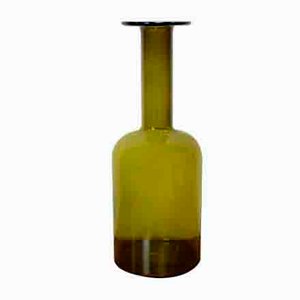

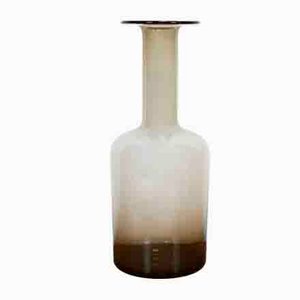
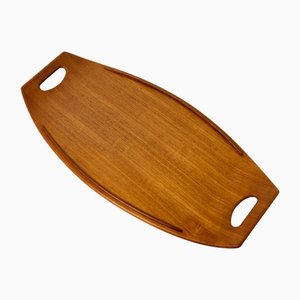


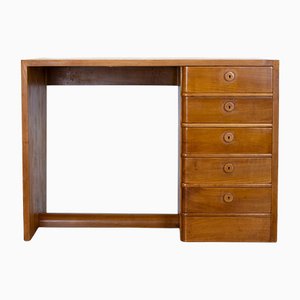
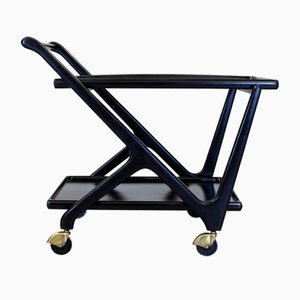
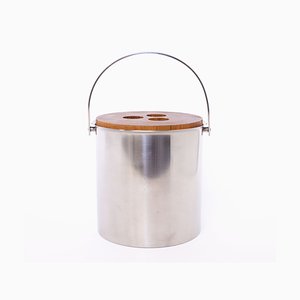
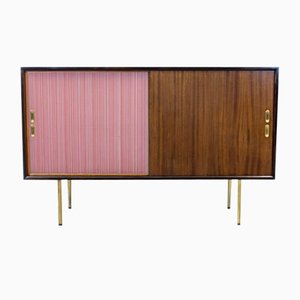
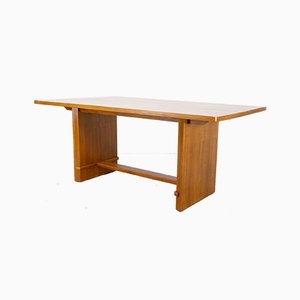

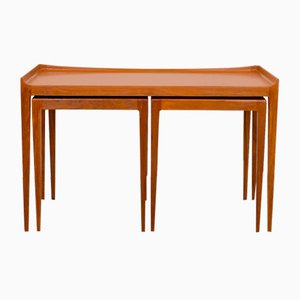

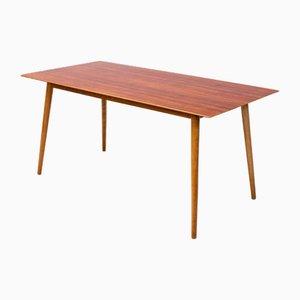
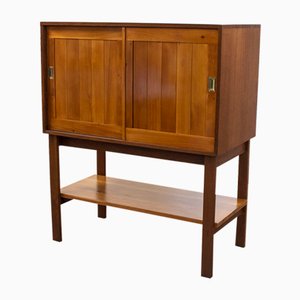
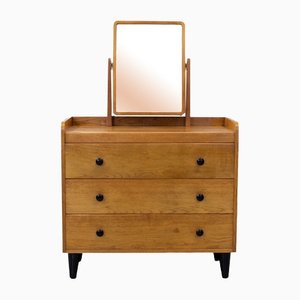

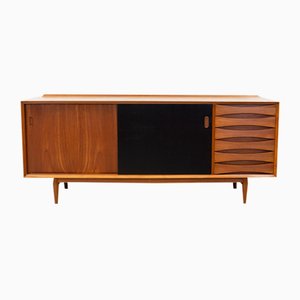

Get in Touch
Make An Offer
We noticed you are new to Pamono!
Please accept the Terms & Conditions and Privacy Policy
Get in Touch
Make An Offer
Almost There!
To follow your conversation on the platform, please complete the registration. To proceed with your offer on the platform, please complete the registration.Successful
Thanks for your inquiry, someone from our team will be in touch shortly
If you are a Design Professional, please apply here to get the benefits of the Pamono Trade Program